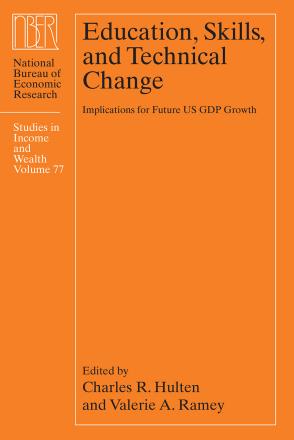Recent Flattening in the Higher Education Wage Premium: Polarization, Skill Downgrading, or Both?

Wage gaps between workers with a college or graduate degree and those with only a high school degree rose rapidly in the United States during the 1980s. Since then, the rate of growth in these wage gaps has progressively slowed, and though the gaps remain large, they were essentially unchanged between 2010 and 2015. I assess this flattening over time in higher education wage premiums with reference to two related explanations for changing US employment patterns: (i) a shift away from middle-skilled occupations driven largely by technological change (“polarization”); and (ii) a general weakening in the demand for advanced cognitive skills (“skill downgrading”). Analyses of wage and employment data from the US Current Population Survey suggest that both factors have contributed to the flattening of higher education wage premiums.


